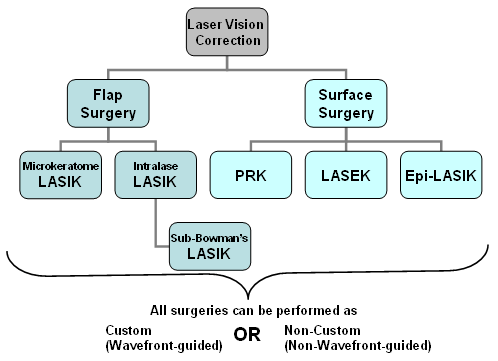What Are The Distinctions And Similarities Between SMILE Eye Surgical Procedure And LASIK And PRK?
What Are The Distinctions And Similarities Between SMILE Eye Surgical Procedure And LASIK And PRK?
Blog Article
Authored By-Ryberg Tang
If you've been taking into consideration SMILE eye surgery, you might question how it compares to LASIK and PRK. Each procedure has its own collection of benefits and considerations. From quicker recuperation times to possible dangers, there are essential differences you ought to know before making a decision. Understanding these differences will aid you make an informed option that lines up with your details demands and assumptions. Interested to recognize more about exactly how these treatments compare in detail? Continue discovering to get a thorough understanding of SMILE, LASIK, and PRK.
SMILE Eye Surgical Procedure Introduction
If you're considering SMILE eye surgery, you'll find it to be a minimally intrusive treatment with a fast recuperation time. Throughout SMILE (Little Laceration Lenticule Extraction), a laser is utilized to create a tiny, precise incision in the cornea to remove a tiny piece of cells, improving it to correct your vision. This varies from LASIK, where a flap is produced, and PRK, where the external layer of the cornea is totally removed.
One of the vital benefits of SMILE is its minimally intrusive nature, resulting in a faster healing procedure and much less discomfort post-surgery. The recovery time for SMILE is reasonably fast, with many people experiencing improved vision within a day or two. https://www.optometrytimes.com/view/laser-vision-correction-look-backward-move-forward makes it a popular choice for those seeking a hassle-free and efficient vision correction procedure. Additionally, SMILE has been shown to have a reduced danger of dry eye syndrome compared to LASIK, making it a positive alternative for individuals worried about this prospective negative effects.
Differences In Between SMILE, LASIK, and PRK
When comparing SMILE, LASIK, and PRK eye surgeries, it is essential to comprehend the distinct strategies utilized in each treatment for vision adjustment.
SMILE (Small Cut Lenticule Removal) is a minimally intrusive treatment that involves creating a tiny incision to remove a lenticule from the cornea, improving it to deal with vision.
LASIK (Laser-Assisted In Situ Keratomileusis) entails developing a thin flap on the cornea, making use of a laser to improve the underlying cells, and after that rearranging the flap.
PRK (Photorefractive Keratectomy) gets rid of the external layer of the cornea before reshaping the cells with a laser.
The main distinction hinges on the means the cornea is accessed and treated. SMILE is flapless, making it a great alternative for individuals with thin corneas or those involved in contact sporting activities. LASIK uses quick aesthetic healing because of the flap production, but it might pose a higher danger of flap-related problems. PRK, although having a much longer healing period, avoids flap-related problems altogether.
Recognizing these differences is essential in choosing one of the most ideal procedure for your vision modification demands.
Advantages And Disadvantages Comparison
To assess the benefits and downsides of SMILE, LASIK, and PRK eye surgical treatments, it's important to consider the specific benefits and prospective limitations of each procedure. SMILE surgical treatment offers the advantage of a minimally intrusive treatment, with a smaller sized cut and possibly quicker healing time contrasted to LASIK and PRK. It additionally reduces the threat of completely dry eye post-surgery, a common negative effects of LASIK. Nevertheless, SMILE may have restrictions in dealing with higher degrees of nearsightedness or astigmatism contrasted to LASIK.
LASIK surgery provides rapid aesthetic recuperation and marginal pain throughout the treatment. It's very reliable in dealing with a wide range of refractive errors, including myopia, hyperopia, and astigmatism. Yet, LASIK brings a risk of flap difficulties, which can impact the corneal framework.
PRK eye surgical treatment, while not as preferred as LASIK, prevents producing a corneal flap, reducing the risk of flap-related problems. It appropriates for individuals with slim corneas or uneven corneal surface areas. However, PRK has a much longer recovery time and might involve extra discomfort throughout the healing procedure.
Conclusion
So, when it comes to picking in between SMILE, LASIK, and PRK, think of it like picking the best pair of footwear. SMILE is like a streamlined, comfy set of tennis shoes - quick and very easy.
LASIK is much more like trendy high heels - flashy and quickly, yet with some potential threats.
Average Cost Of LASIK is like sturdy treking boots - reliable and resilient, however needing a bit even more time and effort.
Inevitably, the very best option depends on your individual demands and choices.
